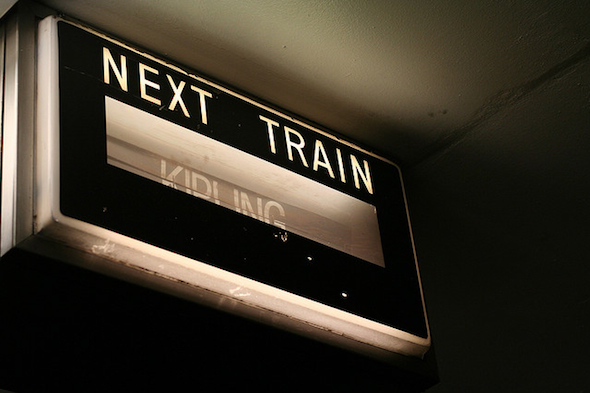Let's take the
$19 billion dollar number for the
15.6 km Ontario Line. That gives you about $1.2 billion/km.
Let's take
$6.8 billion in 2019, and put it through the inflation calculator. That's a value of $7.7 billion for
7.4 km of subway, or $1.05 billion per km. But the inflation calculator doesn't account for infrastructure inflation, which is far more than regular inflation (look at Ottawa, or Edmonton, or indeed, our own projects.) And I suspect (though the article was paywalled and I just saw a Google text summary) that it doesn't include operations either.
Certainly, RL was not close to being U/C. Even with some delays, I doubt that any government would have had both RL North and RL West U/C by the mid-2020s or finished by the early 2030s.
What do you mean with
>>how will they extend it north from Eglinton with current TTC rolling stock specs?
Uh, by extending it? It's a train. It can have non-TBM portals and then go elevated, if the government (sigh) wants to do that, or it could be tunneled.

